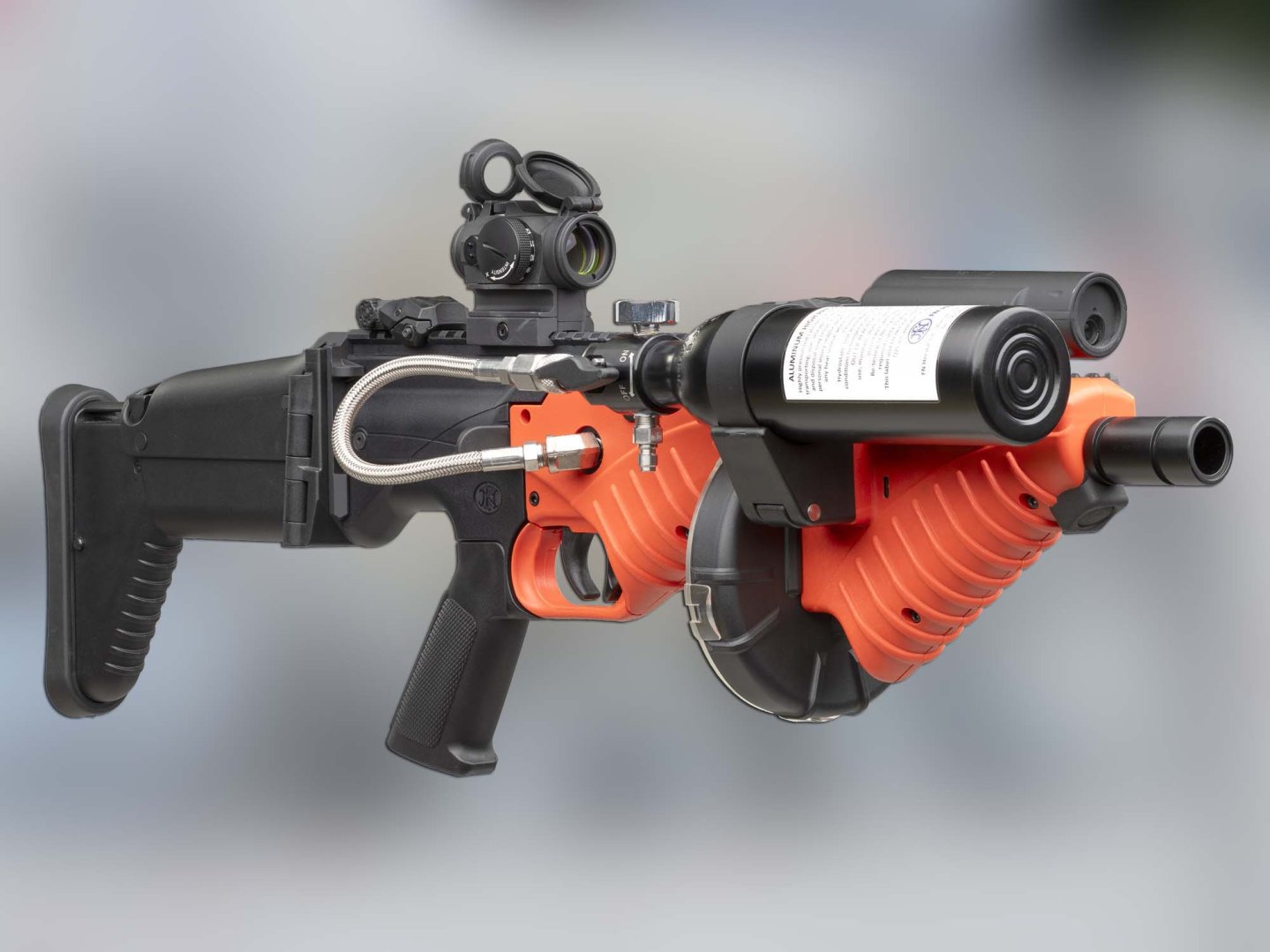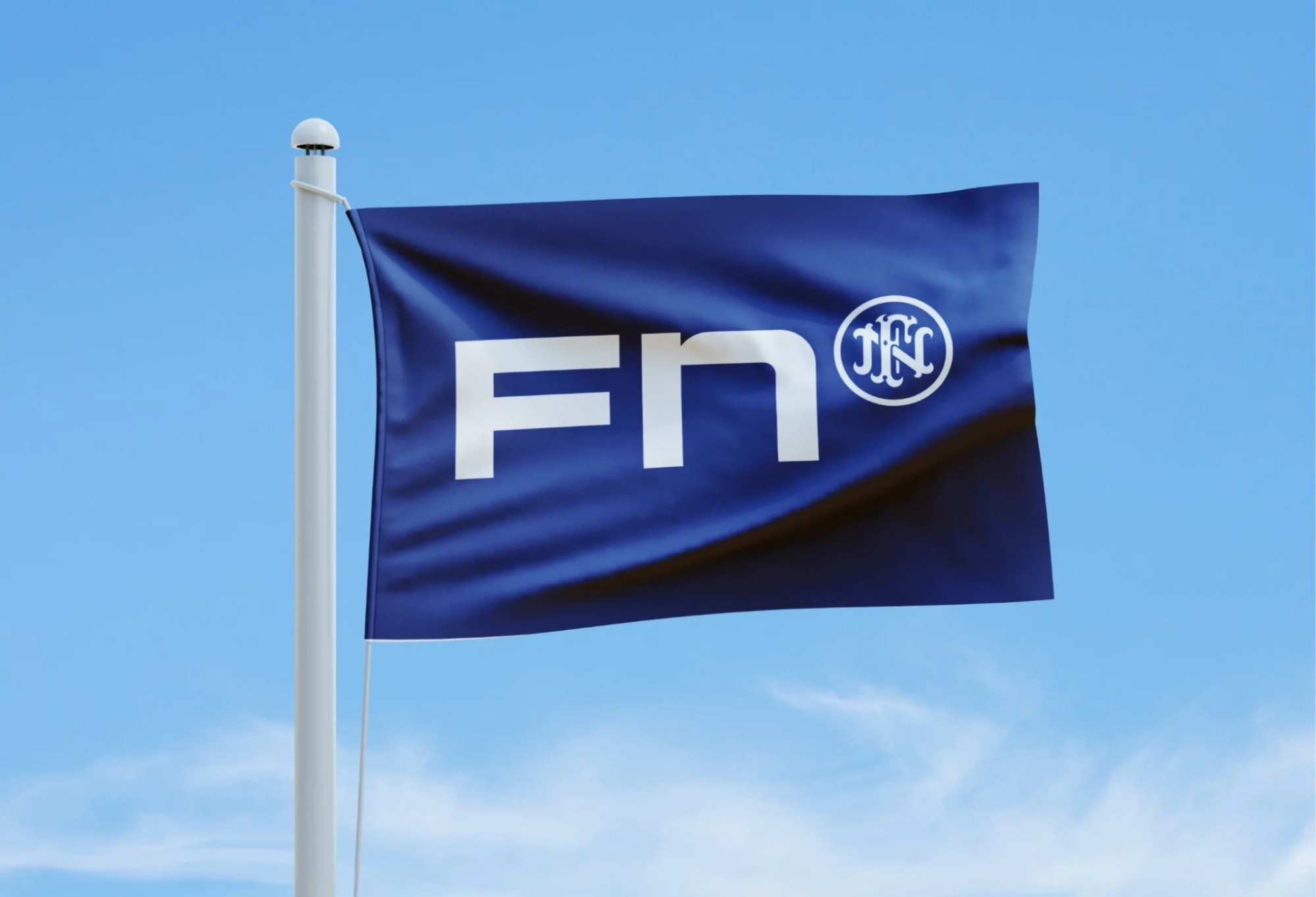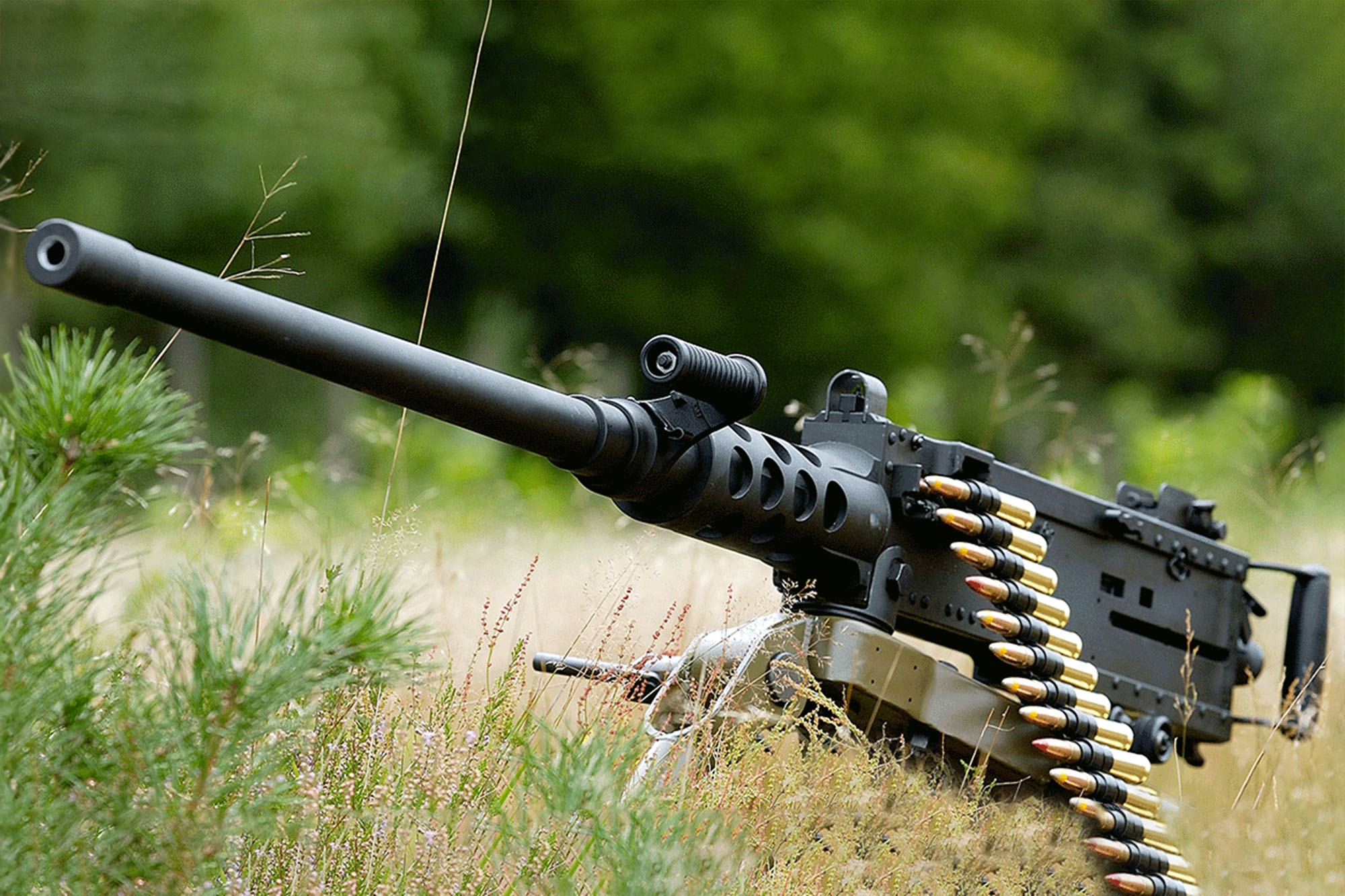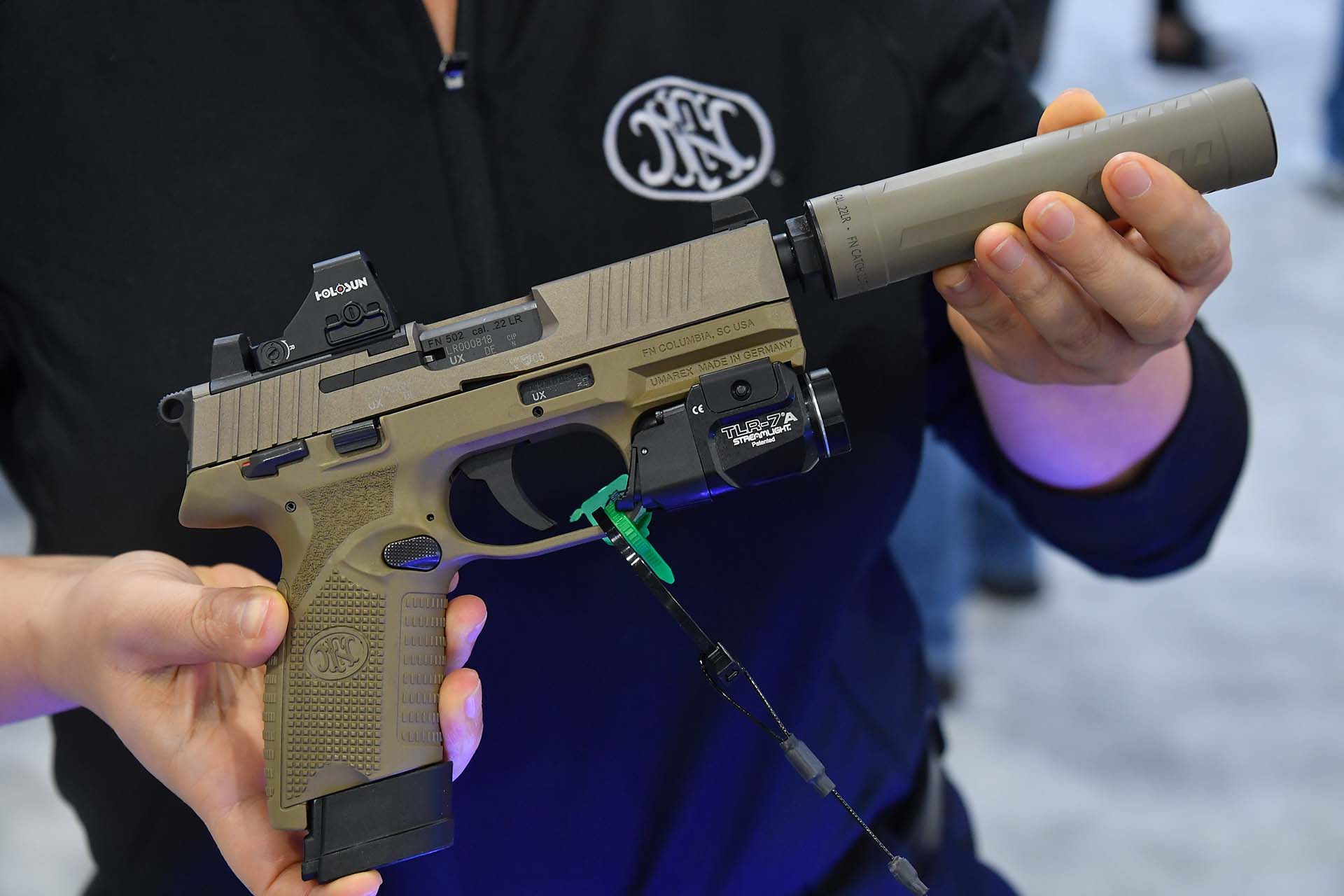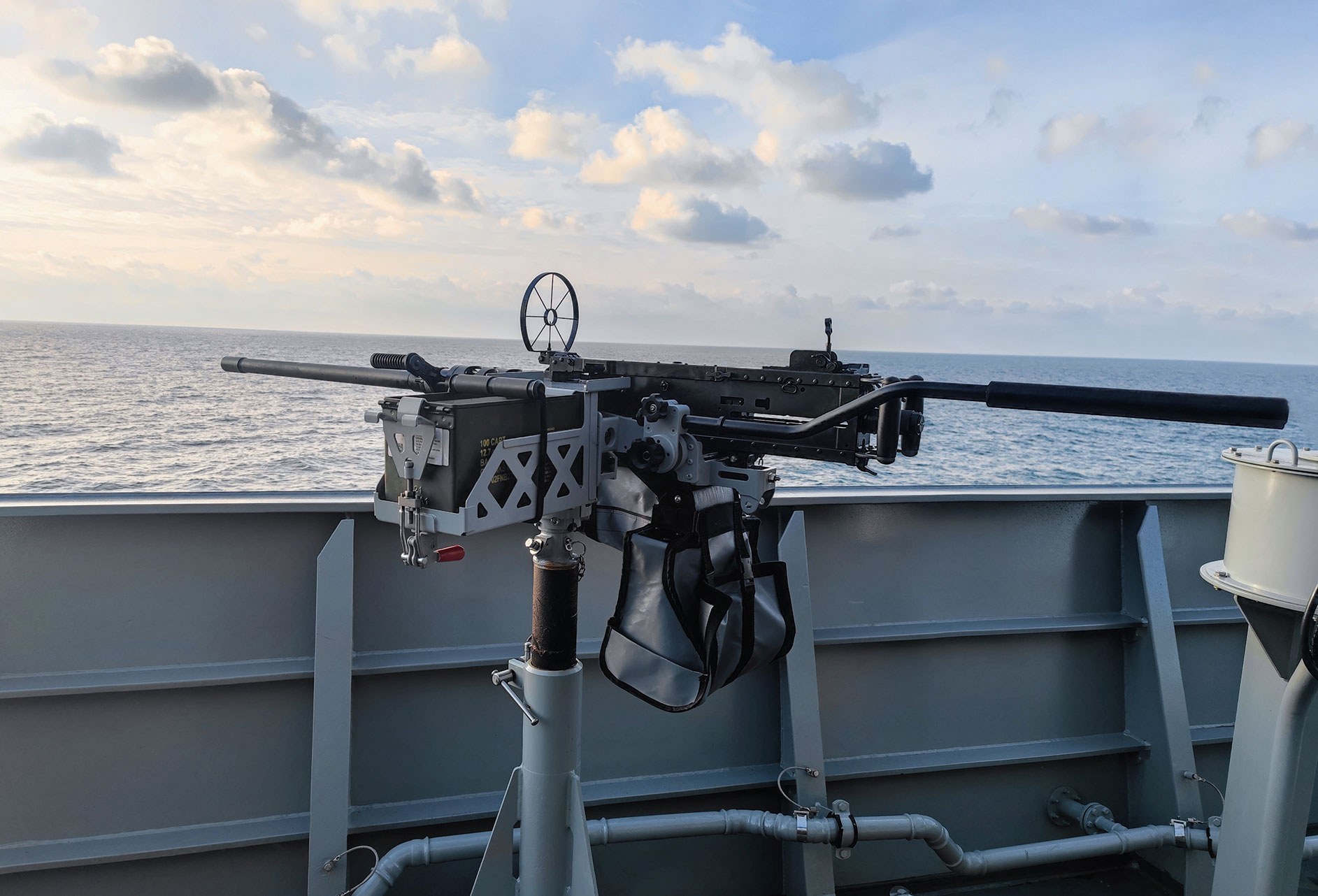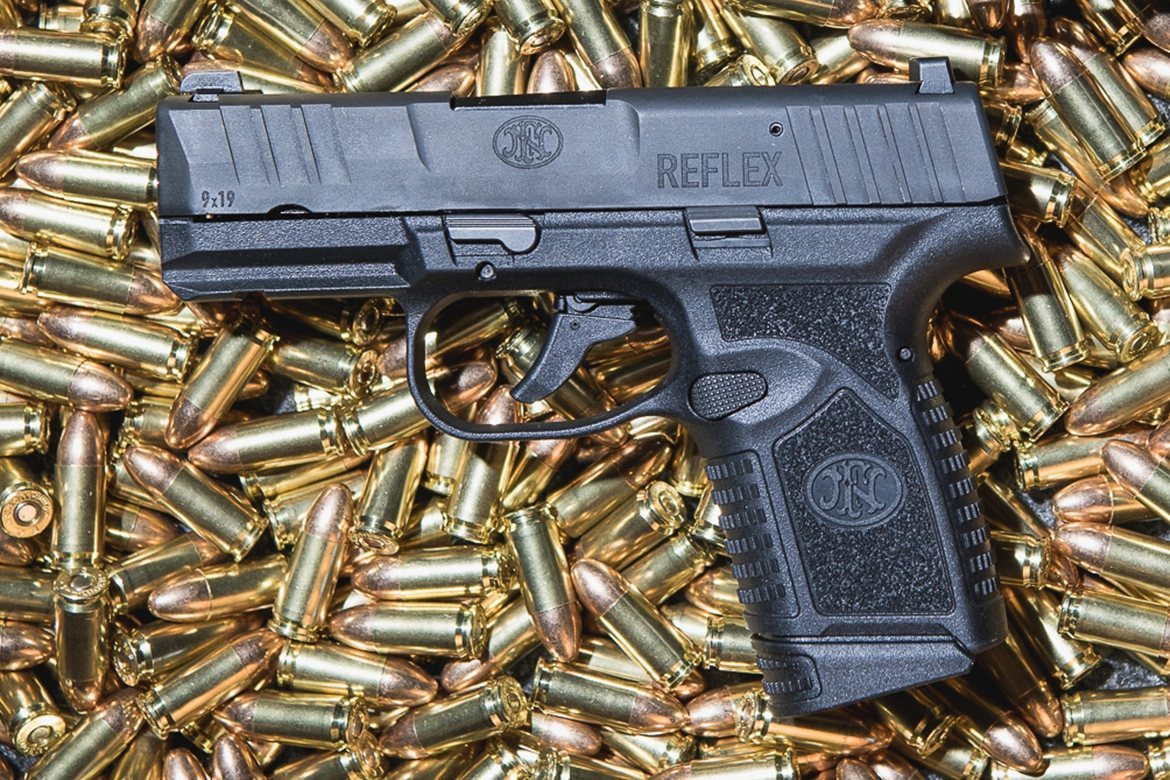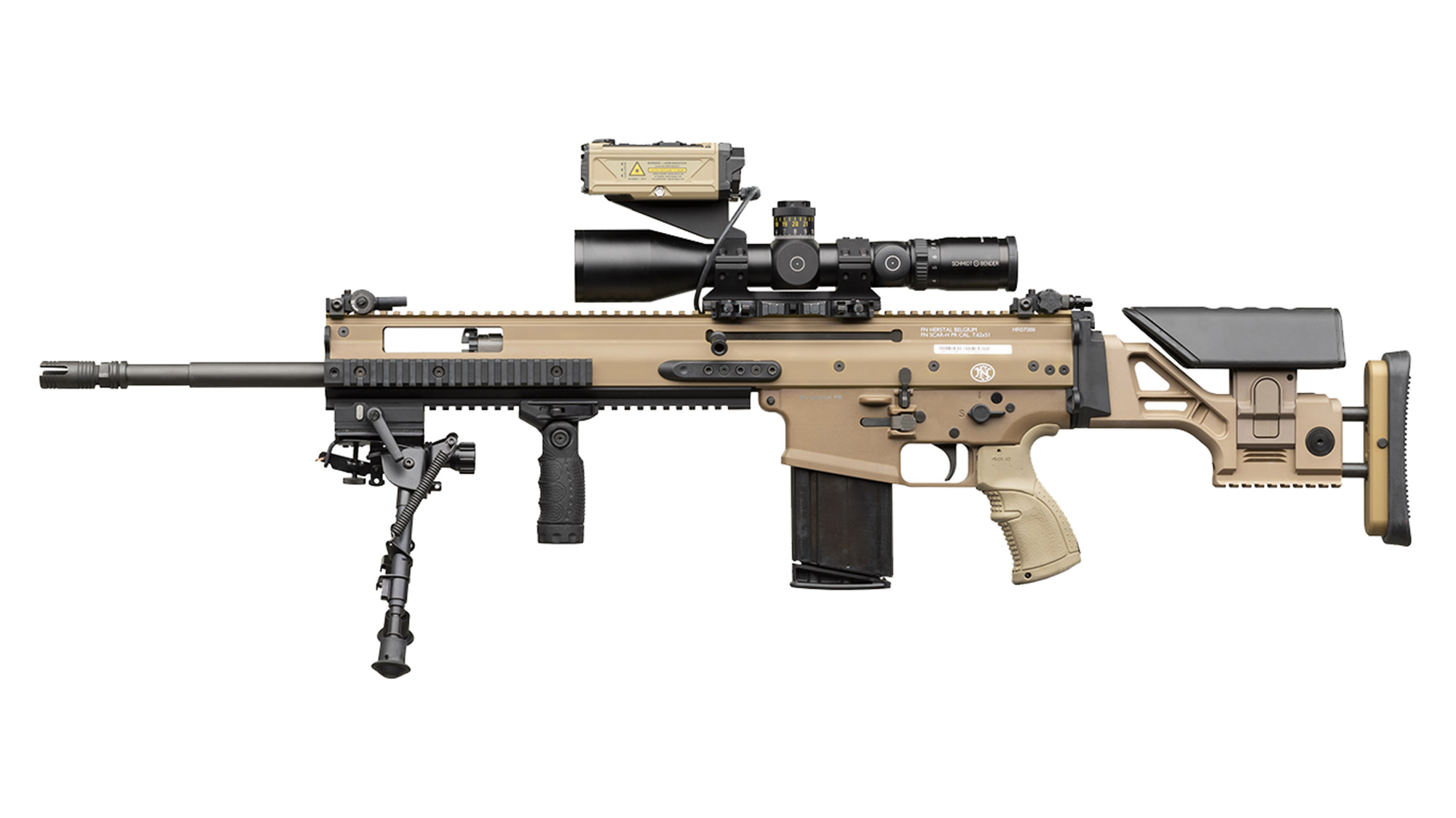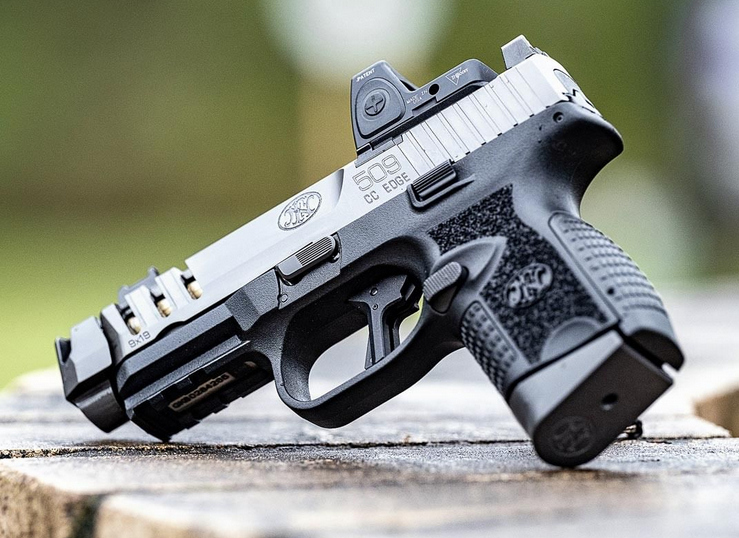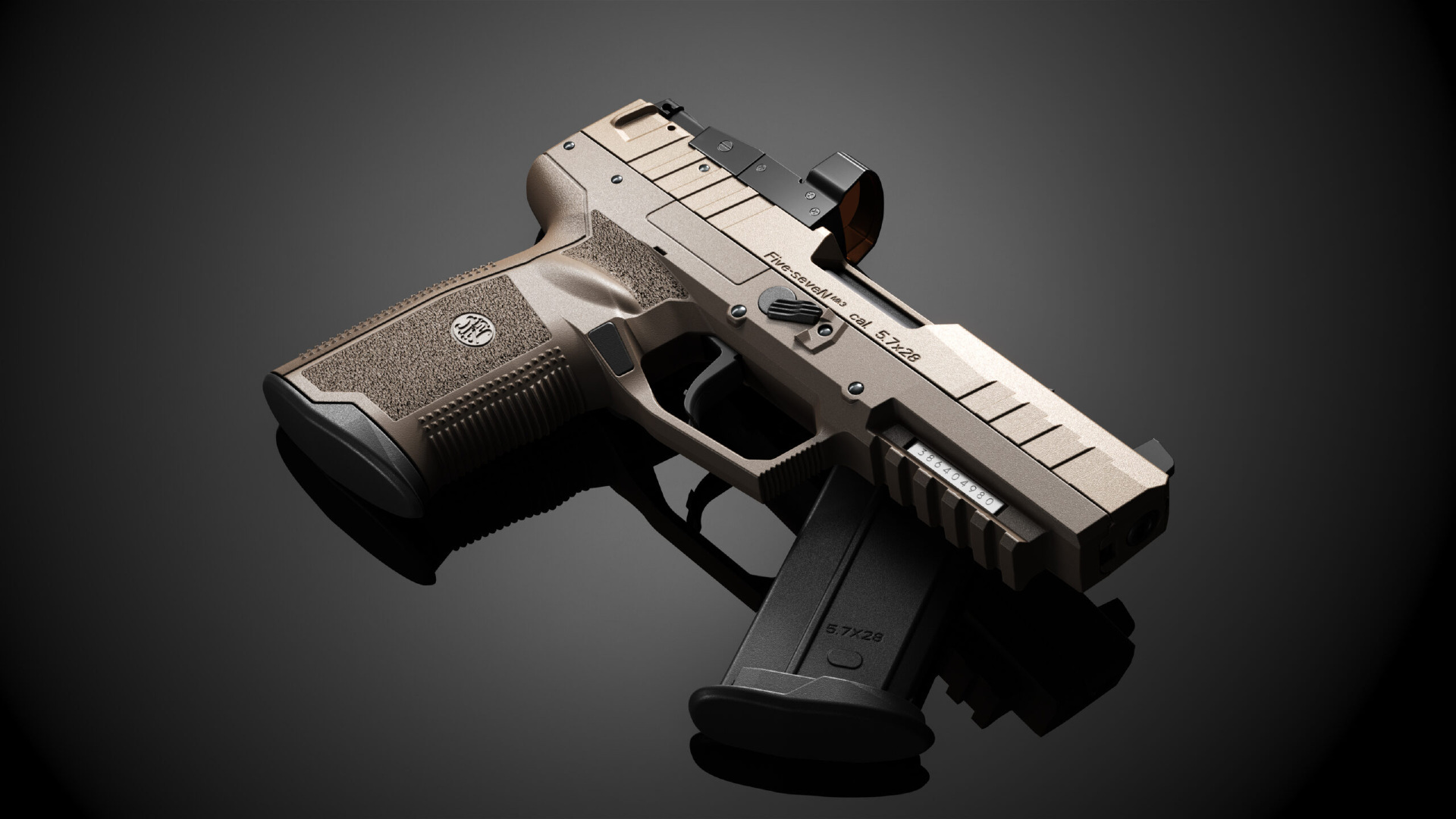Crowd control, social disturbance, riots, day to day patrol and public safety for large events are situations where use of lethal force by law enforcement must be avoided. At the same time, officers need tools to protect from violence and maintain public order. This is where so-called “less-lethal” or “non-lethal” weapons – designed to fire non-lethal rounds – come into play. But a degree of risk of causing serious injuries or death is still present, especially if non-lethal projectiles hit someone in the head. For this reason, FN Herstal is introducing a new less lethal solution to drastically reduce unintentional headshot probability. The new FN Smart ProtectoR-303T shoulder-fired 18-mm launcher less lethal solution detects human heads so as to drastically reduce the risk of serious and potentially irreversible injuries.
FN Smart ProtectoR-303T: key benefits
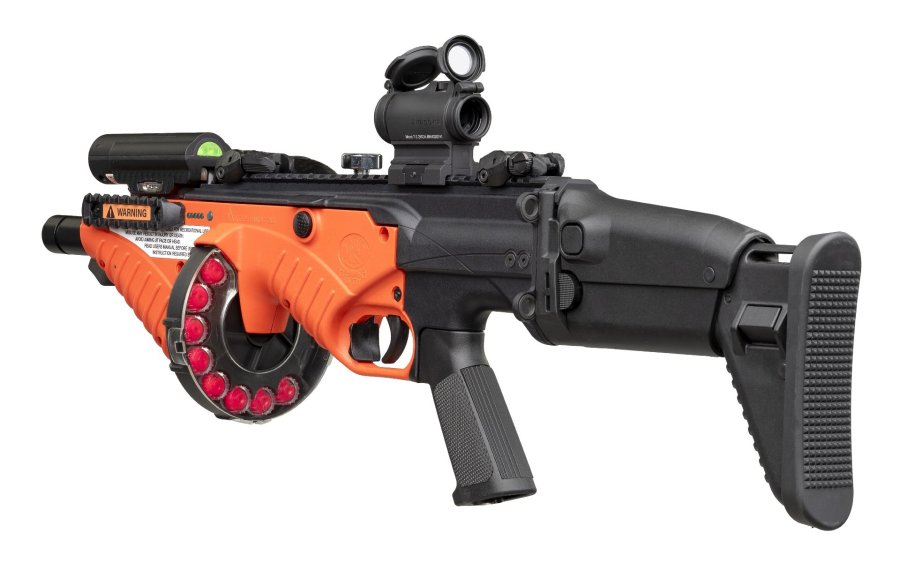
This is what the manufacturer has to say about its product: “The FN Smart ProtectoR-303T is designed around the long-proven shoulder-fired FN 303 less lethal platform, in service with a large number of law enforcement agencies, special units and military forces worldwide. The FN 303 combines optimum safety, accuracy and efficiency and is the first level of a graduated and proportionate response to an unarmed threat. Accurate enough to selectively engage an individual, the projectiles break up on impact to avoid penetration, and deliver a highly dissuasive impact similar to a baton strike beyond the range of hand-thrown projectiles.” Firing in a semi-auto mode only and using compressed air as propellant, the Smart ProtectoR-303T uses a drum magazine with a capacity of 15 rounds.
To this, the FN Smart ProtectoR-303T adds an important and unique safety feature: the integration of an electro-optic solution composed of an on-board camera and image processing software that detects human heads in real time, providing audible and visual warnings as well as an automated trigger blocking mechanism. According to FN, “this technology drastically reduces the risk of serious and potentially irreversible head-related injuries”. Moreover, the FN VictoR-SP camera can record images taken during firing, providing valuable data for after-action reviews or judicial investigations.
Battery autonomy is 5 to 12 hours depending on usage, also featuring an automatic sleep mode to reduce power consumption. An external power pack can be added if necessary.
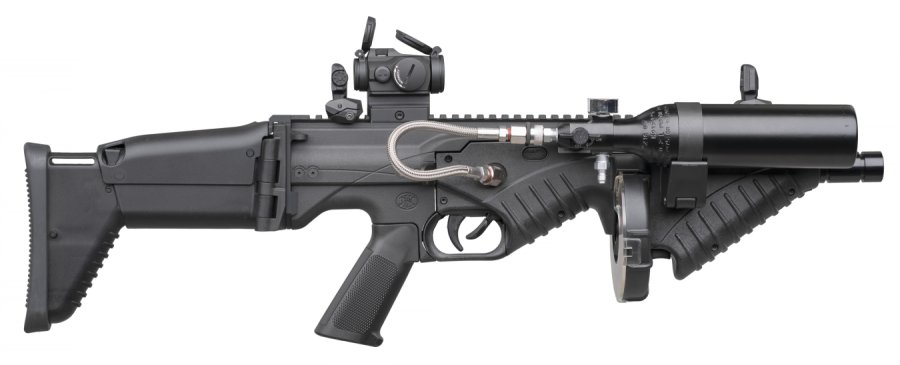
The FN Smart ProtectoR-303T can act as an integrated permission training system, too. An App is available and provides a tool for weapon skills development. The user interface shows the predicted point of impact and the muzzle movement prior and after each shot in order to provide metrics on shooter weaknesses. Recorded video can also be used to rehearse against a pre-recorded scenario used on projector display.
FN Herstal will present its latest innovation in the field of kinetic energy less lethal systems at the MILIPOL Paris 2023 trade show, to be held from 14 to 17 November 2023. Stay tuned!
FN Smart ProtectoR-303T specs
| Projectile Diameter: | 18 mm |
| Propellant: | Compressed air |
| Firing Mode: | Semi-auto |
| Magazine Capacity: | 15 rounds |
| Compressed Air Bottle Capacity: | 3 magazines |
| Length: | 508-755 mm
(depending on FN 303 Tactical model) |
| Barrel: | Smooth bore |
| Barrel Length: | 194 mm |
| Energy (E0/E30): | 33J/22J |
| Safety: | Manual |
| Zeroing: | 15 m (recommended) |
| Operating Distance: | 5-25 m |
| Battery Autonomy: | 5-12 hours |
| Connectivity (Battery Charge and Data Transfer): | USB-C |


